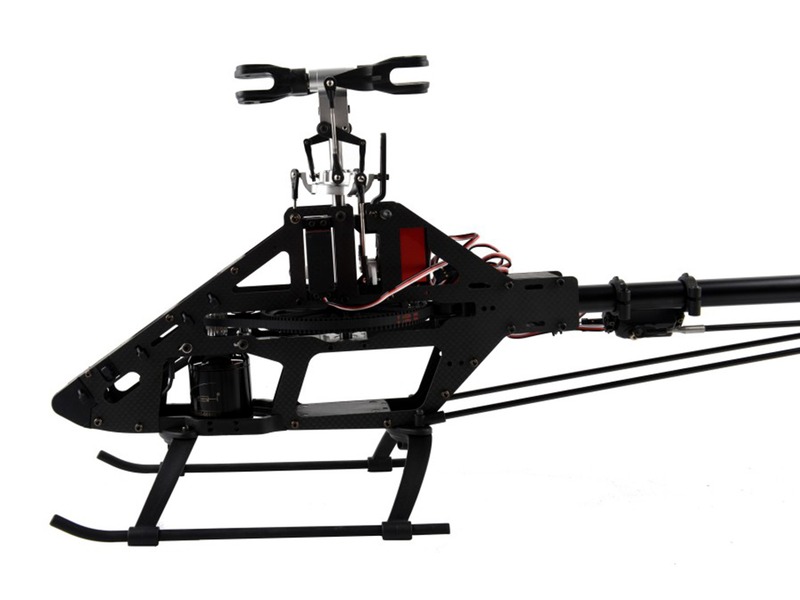What fuel do helicopters use?

Helicopters use a variety of fuels, depending on the type of aircraft and the mission. Generally, helicopters use either Jet A, Jet A-1, or JP-8 fuel. Jet A and Jet A-1 are kerosene-based fuels, while JP-8 is a kerosene-based fuel with additives to reduce the freezing point and improve lubricity.
Jet A and Jet A-1 are the most commonly used fuels for helicopters. Jet A is a kerosene-based fuel that is used in most commercial and military helicopters. It has a higher flash point than Jet A-1, which makes it less likely to ignite in the event of a crash. Jet A-1 is a kerosene-based fuel with a lower flash point than Jet A, making it more suitable for helicopters that operate in hot climates.
JP-8 is a kerosene-based fuel with additives to reduce the freezing point and improve lubricity. It is used in many military helicopters, as well as some commercial helicopters. JP-8 is more expensive than Jet A and Jet A-1, but it has better lubricity and is less likely to cause engine damage.
Avgas, or aviation gasoline, is also used in some helicopters. Avgas is a high-octane fuel that is used in piston-engine aircraft. It is more expensive than Jet A and Jet A-1, but it has a higher octane rating and is more suitable for helicopters that operate at high altitudes.
In addition to the fuels mentioned above, some helicopters use diesel fuel. Diesel fuel is a heavier fuel than Jet A and Jet A-1, and it has a higher flash point. Diesel fuel is used in some helicopters that operate in cold climates, as it is less likely to freeze.
Finally, some helicopters use alternative fuels, such as biofuels or synthetic fuels. Biofuels are derived from renewable sources, such as vegetable oils, and they are becoming increasingly popular in the aviation industry. Synthetic fuels are derived from petroleum and other sources, and they are becoming more widely used in the aviation industry.
In summary, helicopters use a variety of fuels, depending on the type of aircraft and the mission. Jet A and Jet A-1 are the most commonly used fuels for helicopters, but JP-8, avgas, diesel fuel, and alternative fuels are also used. Each fuel has its own advantages and disadvantages, and it is important to select the right fuel for the mission.
Comments / Question
2. Fueling operations must be conducted in a designated area away from any ignition sources.
3. All personnel must wear appropriate personal protective equipment (PPE) such as flame-resistant clothing, gloves, and eye protection.
4. All fuel containers must be labeled with the type of fuel and the date of last inspection.
5. All fuel lines must be inspected for leaks and damage before and after fueling operations.
6. All fuel tanks must be grounded to prevent static electricity buildup.
7. All fuel tanks must be vented to the outside atmosphere.
8. Fueling operations must be conducted in accordance with the manufacturer’s instructions.
9. All fuel spills must be cleaned up immediately and disposed of in accordance with applicable regulations.

